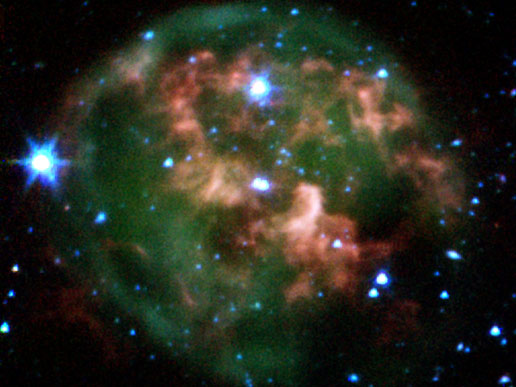|



|
|
Author
Index
V |
Vernor
Vinge |
|
Title
Index
A |
A
Deepness in the
Sky |
|
|
|
|
| Year |
1999 |
| Publisher |
Tor |
| ISBN |
0312856830 |
|
|
|
Synopsis
|
Thirty
thousand years
before the events
of A Fire upon
the Deep, Pham
Nuwen is living in
anonymity among
the Qeng Ho
interstellar
trading
fleet. In
high orbit above
the planet Arachna,
they wait for the
awakening of its
dormant
population, the
Spiders, who have
burrowed deep into
the planet,
awaiting the
relighting of the
On/Off star their
planet
orbits. For
when light
returns, Arachna
will at long last
explode into a
Golden Age of
technology and
commerce.
But the
slumbering
Spider's
vulnerability has
attracted another
lurking presence -
the Emergents, a
band of traders
whose plans for
Arachna are more
sinister than
anything the Qeng
Ho could envision.
Reluctant to
share their spoils
with the Qeng Ho,
the Emergents
unleash an attack
unlike any seen in
the Qeng Ho's
millennia-long
history of
exploration,
reducing their
fleet to serfdom
... and then to
something far
worse.
Reaching into
memories so old
and painful he can
barely recall
them, Pham gathers
the other
"survivors"
about him and
makes a final
attempt to be
worthy of a
reputation as
ancient and
storied as the
history of the
Qeng Ho
itself. But
time is running
out, for soon the
Emergents' assault
will strip Arachna
bare.
As Pham's
underground
resistance cell
struggles against
its torturers in
space, a
wondrously gifted
clan of Spiders on
the planet below
fights another
battle - to
advance their
technology quickly
enough to defeat
their terrestrial
foes, and somehow
overcome the
invisible enemy
lurking above. |
|
|
|
Review
|
Winner
of the Hugo Award
'Vernor Vinge
has done it
again. A
Deepness in the
Sky is vivid,
suspenseful, [and]
realistic.
Vernor Vinge's
villains are
chillingly
believable, and so
is his vision of a
hopeful tomorrow.'
David Brin
'Vernor Vinge's
latest novel is a
triumph,
continuing the
most visionary,
intelligent deep-space
adventure of our
time. Reason
to cheer, indeed -
and a great, long
read it is.'
Gregory Benford |
|
|
_______________________________________________________
 |
|
|
Credit:
NASA
|
|
Ring
of Stellar
Death
This
false-color
image from
NASA's
Spitzer
Space
Telescope
shows a
dying star
(center)
surrounded
by a cloud
of glowing
gas and
dust.
Thanks to
Spitzer's
dust-piercing
infrared
eyes, the
new image
also
highlights
a
never-before-seen
feature --
a giant
ring of
material
slightly
offset
from the
cloud's
core
(red).
This
clumpy
ring
consists
of
material
that was
expelled
from the
aging
star.
The star
and its
cloud halo
constitute
a
"planetary
nebula"
called NGC
246. When
a star
like our
own Sun
begins to
run out of
fuel, its
core
shrinks
and heats
up,
boiling
off the
star's
outer
layers.
Leftover
material
shoots
outward,
expanding
in shells
around the
star. This
ejected
material
is then
bombarded
with
ultraviolet
light from
the
central
star's
fiery
surface,
producing
huge,
glowing
clouds --
planetary
nebulas --
that look
like giant
jellyfish
in space.
In this
image from
December
6, 2003,
the
expelled
gases
appear
green, and
the ring
of
expelled
material
appears
red.
Astronomers
believe
the ring
is likely
made of
hydrogen
molecules
that were
ejected
from the
star in
the form
of atoms,
then
cooled to
make
hydrogen
pairs. The
new data
will help
explain
how
planetary
nebulas
take
shape, and
how they
nourish
future
generations
of stars. |
|
NASA
Image of
the day
archive |
|
______________________________________________________
|
|



|

